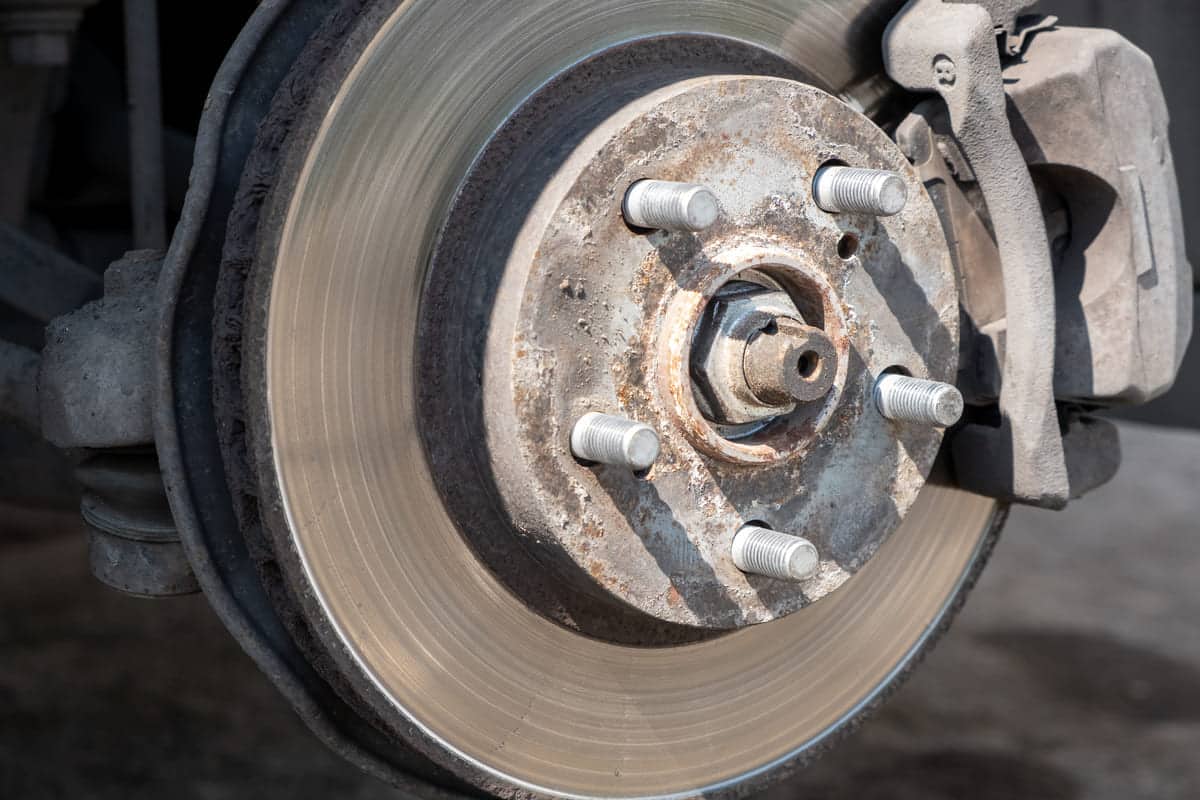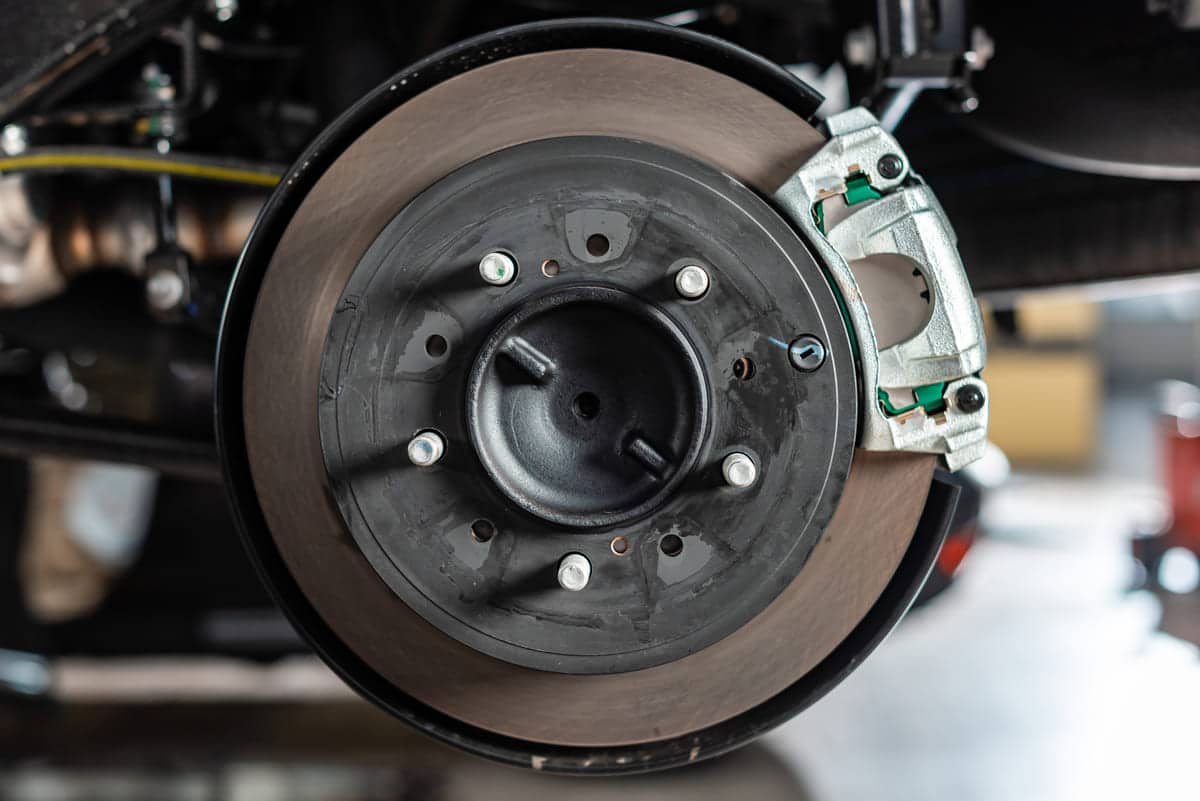Drum brakes have a rotating drum and stationary brake shoes. When you press the brake pedal the shoes press against the inside of the drum, causing friction to slow the vehicle down. These brakes are especially effective in low-speed applications.
What is a Drum Brake?
A drum brake is a braking system generally used in motor vehicle. It has a drum that rotates with the . Inside the drum, brake shoes press against the inside of the drum to slow the wheel.
Hydraulic fluid operates the drum brake. When you press the brake pedal it activates the pistons. The pistons push the brake shoes outwards. The shoes then contact the drum and the vehicle slows or stops.
Drum brakes are found in older cars and many trucks. They are reliable and cheap. But may need more maintenance than disc brakes.
References
- Drum brake. Merriam-Webster. Retrieved from https://www.merriam-webster.com/dictionary/drum%20brake
- What is Drum Brake?. Digit Insurance. Retrieved from
History of Drum Brake
Drum brakes were invented in the early 1900s. French engineer Louis Renault invented them in 1902. He designed it to improve vehicle stopping power. His design used a drum and brake shoes which is still the basic concept today.
In the 1930s drum brakes became standard in most cars. Manufacturers liked its reliability and simplicity. It was popular in American and European cars. It was used for many decades.
By the 1950s disc brakes started appearing in high-performance cars. But drum brakes remained popular because of its cheapness. Many vehicles still have drum brakes on the rear wheels today.
References
- Drum brake – History. Wikipedia. Retrieved from

What are the Key Components of a Drum Brake?
There are several key components of a drum brake:
- Brake drum: This is a rotating cylinder that attaches to the wheel. When you apply the brakes the drum provides the surface for the brake shoes to press against.
- Brake shoes: These are curved friction materials inside the drum. When you press the brakes hydraulic pistons push these shoes outwards. They contact the inside of the drum and the vehicle slows down.
- Wheel cylinder: Contains pistons that press the brake shoes against the drum. Hydraulic fluid powers this. When you press the brake pedal the fluid forces the pistons to move.
- Return springs: Pull the brake shoes back after braking. So the shoes don’t drag against the drum when you release the brake pedal.
- Backing plate: Supports the drum brake assembly. Holds the brake shoes, wheel cylinder, and other components in place. Also protects them from road debris.
- Adjuster mechanism: Maintains the distance between the brake shoes and the drum. It compensates for wear on the brake shoes for efficient braking.
References
- What Are Brake Drum System Parts and How Does It Work. Performance Service & Brake. Retrieved from
How Does a Drum Brake Work?
A drum brake system works as follows:
- A driver presses the brake pedal.
- A brake booster or servo system amplifies the power.
- There is a master cylinder that converts this power into hydraulic pressure also known as oil pressure.
- There is brake oil or brake fluid that carries this pressure to the pistons on individual wheels.
- These pistons push the brake linings.
- Brake linings press against the inside of the brake drum.
- Since a brake drum rotates with the vehicle’s wheels it slows them down and eventually stops the vehicle.
Drum brake is simple to understand and not complex in structure.
References
- How Drum Brakes Work. HowStuffWorks. Retrieved from https://auto.howstuffworks.com/auto-parts/brakes/brake-types/drum-brake1.htm
What are the Benefits of Using a Drum Brake?
There are several benefits of using the drum brakes, here are some of them as follows:
- Cost-Effective: They are cheaper to produce and maintain, making them economical for many vehicles.
- High Braking Force: Drum brakes have a larger friction contact area, providing strong stopping power.
- Integrated Parking Brake: Their design easily incorporates a mechanical parking brake, simplifying vehicle design.
Durability: Drum brakes protect internal components from dirt and debris, increasing their lifespan.


